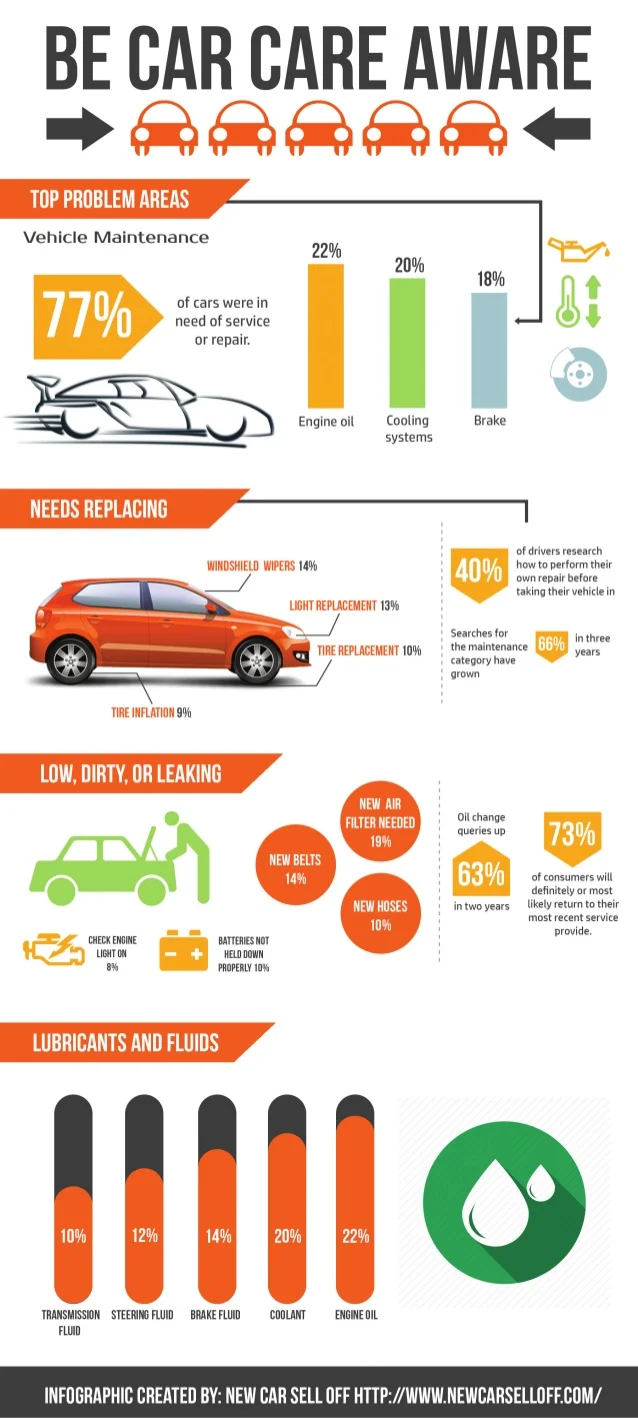Interested In Comprehending The Caution Lights On Your Automobile'S Control Panel? Discover Their Value For Your Lorry'S Security And Overall Condition
Interested In Comprehending The Caution Lights On Your Automobile'S Control Panel? Discover Their Value For Your Lorry'S Security And Overall Condition
Blog Article
Authored By-Termansen Gilbert
When you lag the wheel, those beautiful warning lights on your dashboard can be a bit puzzling. Do you know what they're attempting to tell you about your auto's wellness? Recognizing the relevance of these lights is crucial for your safety and security and the longevity of your automobile. So, the next time among those lights appears, wouldn't you intend to decipher its message accurately and take the necessary steps to address it?
Common Warning Lights and Interpretations
Identify usual caution lights in your auto and recognize their meanings to make certain risk-free driving.
One of the most typical caution lights consist of the check engine light, which indicates concerns with the engine or exhausts system. If this light begins, it's crucial to have your automobile inspected without delay.
The oil stress alerting light indicates low oil pressure, requiring prompt focus to stop engine damages.
A flashing battery light could suggest a malfunctioning charging system, possibly leaving you stranded if not resolved.
The tire stress tracking system (TPMS) light alerts you to low tire stress, impacting automobile stability and fuel efficiency. Ignoring this might cause unsafe driving problems.
The abdominal light suggests a problem with the anti-lock stopping system, compromising your capability to stop promptly in emergency situations.
Finally, the coolant temperature warning light warns of engine getting too hot, which can result in severe damage otherwise settled quickly.
Understanding https://carbrakesnearme83837.wizzardsblog.com/30258495/interested-in-understanding-the-warning-lights-on-your-auto-s-control-panel-discover-their-significance-for-your-lorry-s-safety-and-total-problem will certainly aid you address issues quickly and maintain secure driving problems.
Relevance of Prompt Focus
Comprehending the common caution lights in your car is only the initial step; the relevance of promptly resolving these cautions can't be stressed sufficient to guarantee your safety when traveling.
When a caution light illuminates on your dashboard, it's your auto's method of communicating a possible issue that requires focus. Ignoring these cautions can bring about extra severe problems in the future, jeopardizing your safety and security and possibly costing you much more in repairs.
Trigger attention to alerting lights can protect against breakdowns and mishaps. For https://www.moneytalksnews.com/slideshows/7-ways-to-avoid-pricey-home-repair-surprises-in-2022/ , a flashing check engine light could indicate a misfire that, if left neglected, can trigger damage to the catalytic converter. Addressing this promptly can conserve you from a pricey repair service.
In a similar way, a brake system cautioning light might indicate reduced brake liquid or worn brake pads, important components for your safety and security when driving.
Do It Yourself Troubleshooting Tips
If you see a caution light on your control panel, there are a few DIY troubleshooting tips you can attempt before looking for expert aid.
The first step is to consult your automobile's handbook to comprehend what the specific warning light indicates. Often the issue can be as straightforward as a loose gas cap activating the check engine light. Tightening the gas cap may settle the issue.
One more common issue is a reduced battery, which can cause different cautioning lights. Examining the battery links for deterioration and guaranteeing they're safe may deal with the issue.
If a warning light continues, you can try resetting it by detaching the automobile's battery for a few minutes and after that reconnecting it. Furthermore, checking your automobile's fluid degrees, such as oil, coolant, and brake fluid, can aid repair cautioning lights related to these systems.
Final thought
Finally, understanding your vehicle's warning lights is crucial for keeping your vehicle running efficiently and securely. By immediately addressing these signals and understanding what they mean, you can avoid expensive repairs and prospective breakdowns.
Keep in mind to consult your car's handbook for specific information on each alerting light and do something about it appropriately to make sure a hassle-free driving experience.
Stay notified, remain risk-free when traveling!
